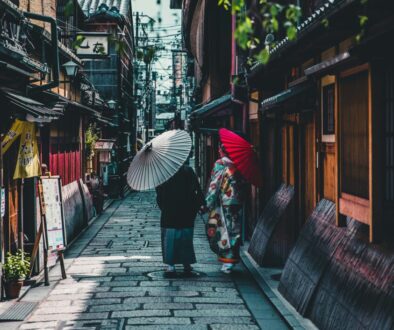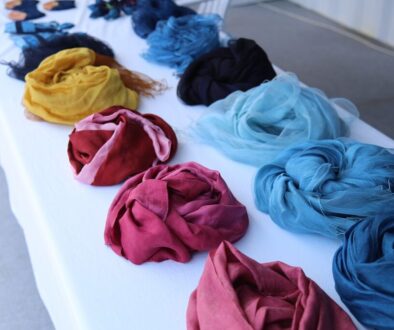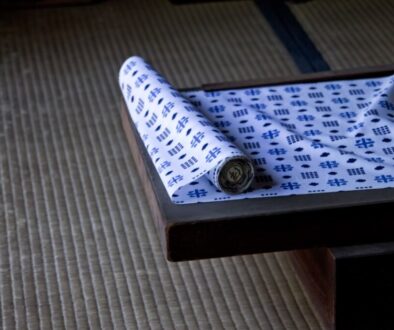Welcome to the World of Japanese Ceramics! A Journey into History, Charm, and Hands-on Experiences
Hands-on Experiences
History and Culture of Ceramics Ceramics are deeply rooted in Japanese life as a traditional craft. Their history dates back to the Jomon period when people made earthenware for daily use.
Origins and History of Ceramics Japan’s ceramic history began in the Jomon period. Jomon people shaped clay into vessels and fired them. In the Yayoi period, more sophisticated pottery emerged, followed by Sue ware, a type of hard pottery, in the Kofun period. From the Heian period onward, with the development of tea ceremony culture, tea bowls and other ceramic tea utensils came to be highly valued as works of art. In the Edo period, various regions developed their unique ceramics, diversifying Japan’s ceramic culture.
Charm of Ceramics The charm of ceramics lies in their diversity.
- Warmth of the material: Made from natural clay, ceramics have a warm touch and develop a deeper character with use.
- Abundant designs: Ceramics come in a wide variety of designs, from traditional patterns to contemporary styles.
- Functionality: They can be used not only as tableware but also as interior decorations.
- Experience of Japanese culture: Ceramics symbolize Japanese aesthetics and lifestyle.
Types of Japanese Ceramics There are various types of Japanese ceramics.
- Seto ware: One of Japan’s representative ceramics, known for its white porcelain.
- Bizen ware: Characterized by its simple, unglazed appearance.
- Shigaraki ware: Known for its earthy, rustic feel.
- Arita ware: High-quality porcelain with beautiful painted designs.
Places to Experience Traditional Pottery in English in Japan There are increasing opportunities to experience pottery in English for tourists visiting Japan.
- Tokyo:
- Saidei Gama: This kiln offers pottery experiences.
- Kyoto:
- Kiyomizu-yaki Experience Workshop: In Kyoto, the birthplace of Kiyomizu-yaki, many workshops offer pottery experiences.
Charm of Pottery Experience Pottery experience is more than just making ceramics; it’s a valuable opportunity to immerse yourself in Japanese culture.
- Experience Japanese culture: Through the pottery process, you can learn about traditional Japanese techniques and aesthetics.
- Create your own original ceramics: Making your own original piece of pottery is a memorable experience.
- Relaxation: Engaging in manual labor can be a great way to relieve stress.
Summary Ceramics are deeply rooted in Japanese life as a traditional craft. By experiencing pottery, you can delve deeper into Japanese culture and create a special piece of ceramics for yourself.


